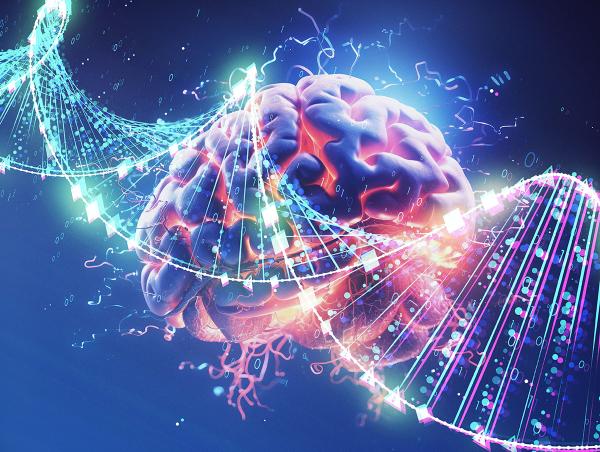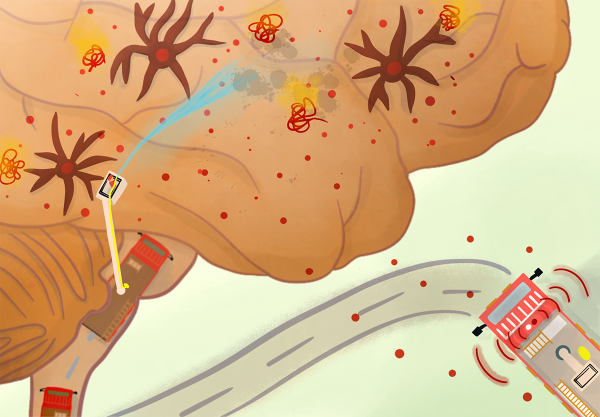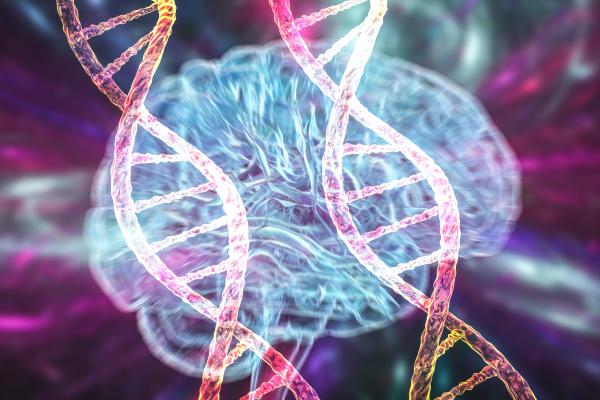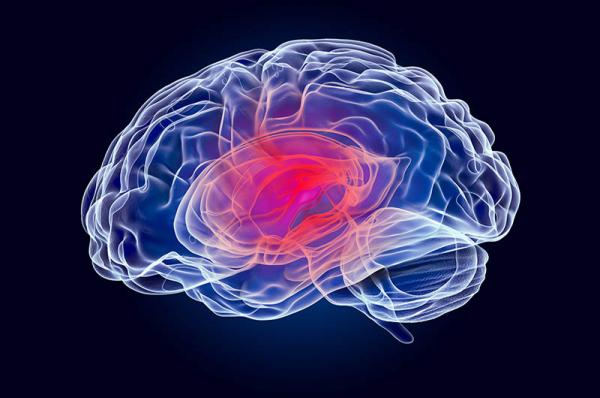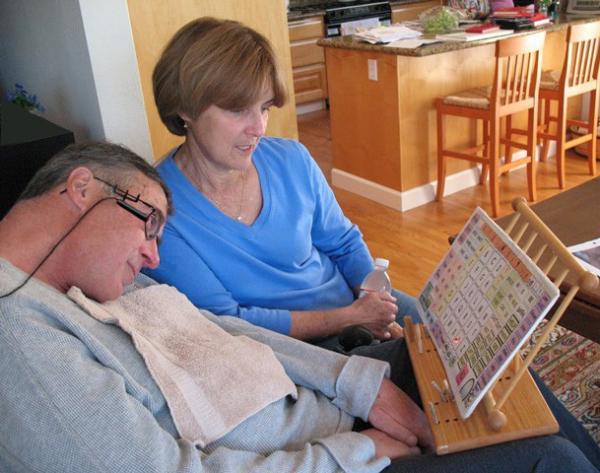Translating Genetic Findings Into Dementia Treatments
Tracing the Path From Bench to Bedside
When IRP graduate student Pilar Alvarez Jerez looked at the results of a recent experiment, she noticed that when a particular genetic variant is present in a gene called GBA1, it causes a change in the gene's activity. The GBA1 variant, which is associated with Parkinson’s disease and Lewy body dementia, was discovered last year in people of African ancestry by researchers at NIH’s Center for Alzheimer's and Related Dementias (CARD). It appears to suppress the gene’s ability to make a functional version of an enzyme that helps brain cells recycle their proteins.
“This was an interesting finding, but it still didn’t answer how the variant was functioning to lower enzyme activity,” Pilar says.

